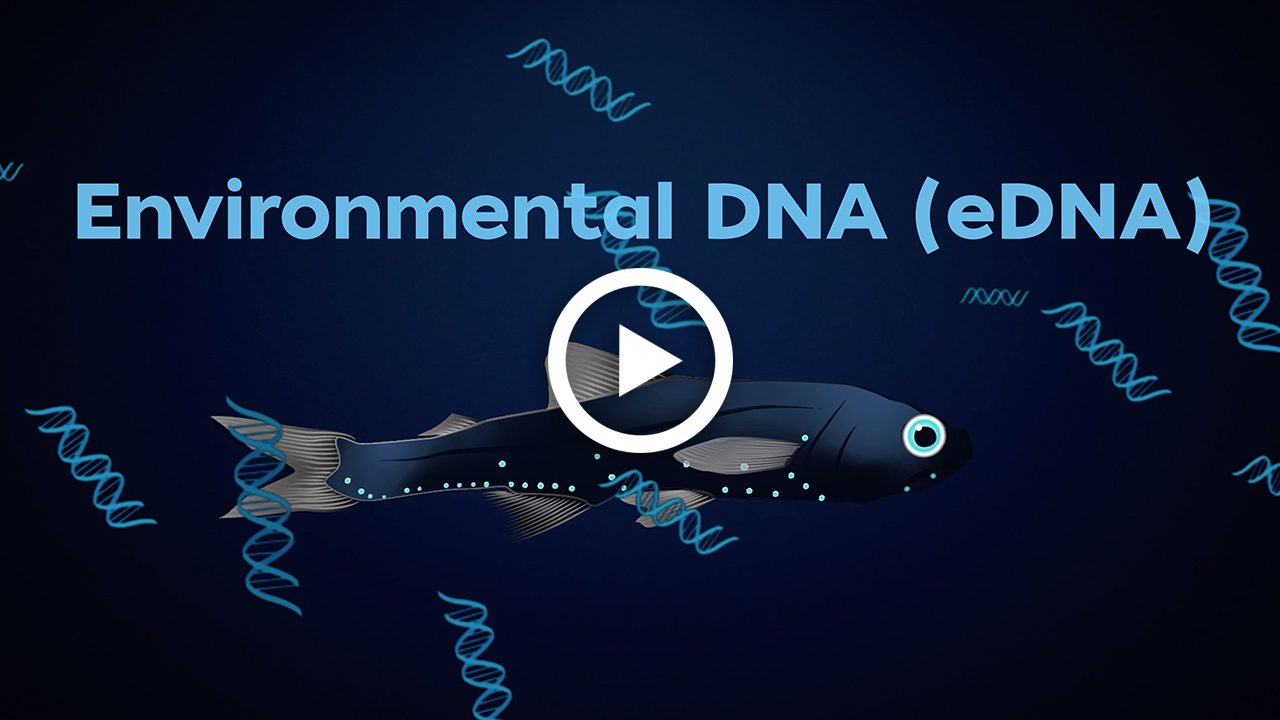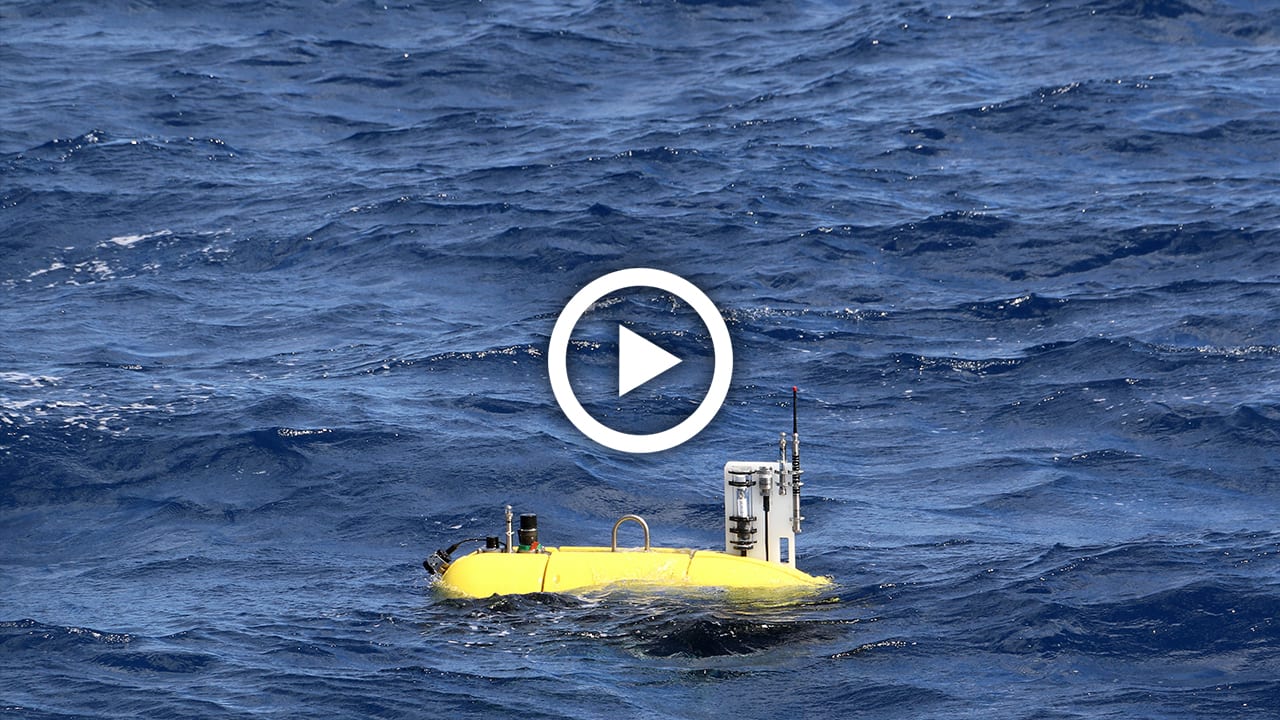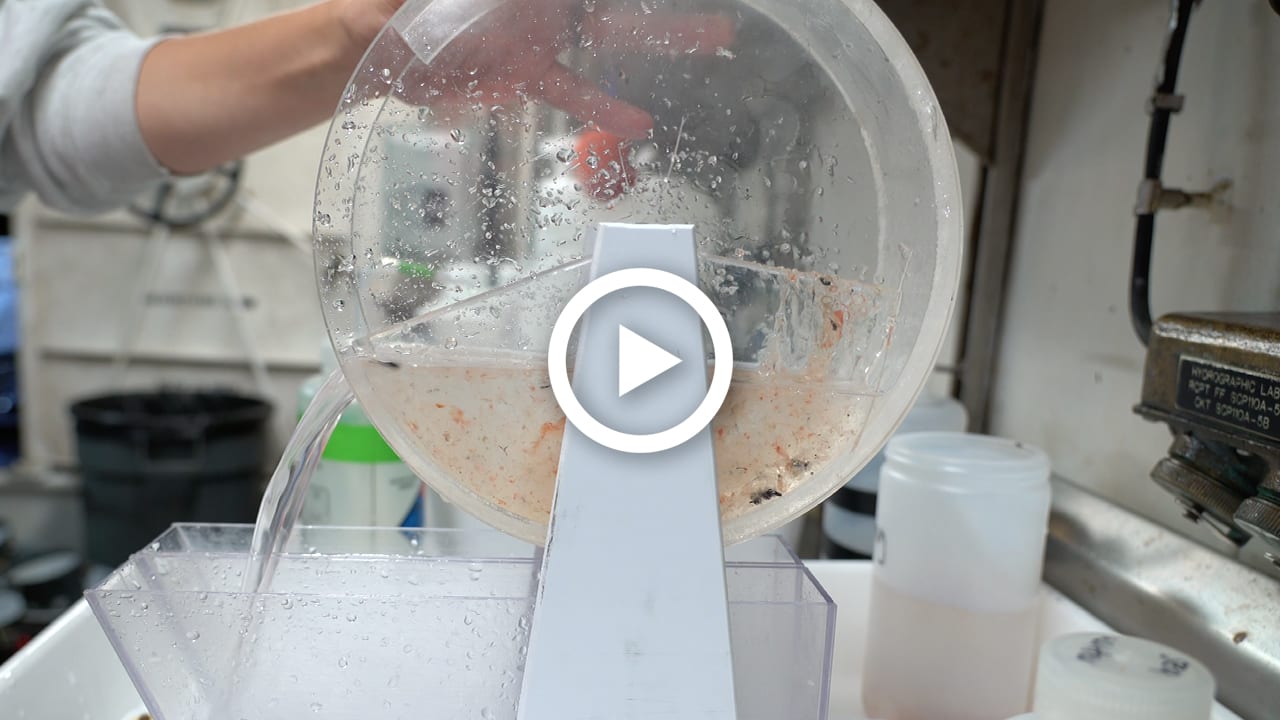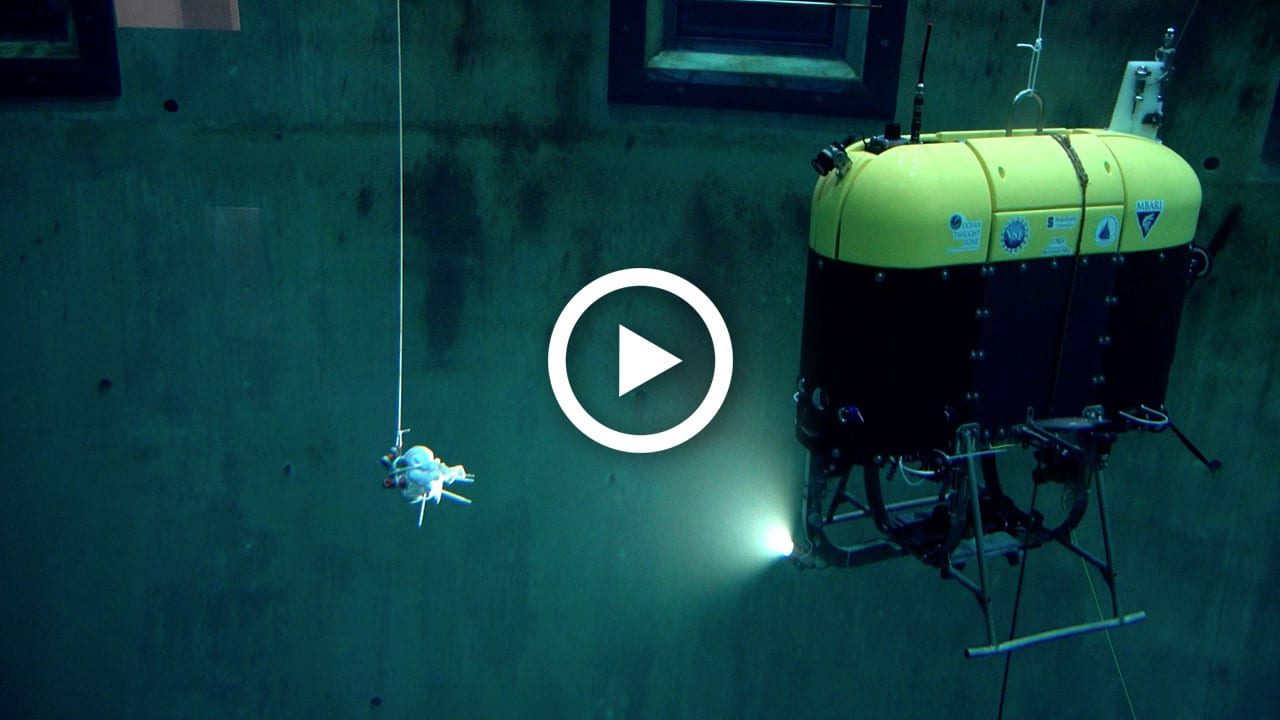Multimedia Items
eDNA in the Twilight Zone
A new tool called environmental DNA, or “eDNA” is helping scientists understand the ocean twilight zone, a dimly-lit region of the ocean roughly 100-1000 meters deep. The twilight zone covers a vast area of the globe, and is chock-full of marine life. Despite its massive size, though, scientists are still trying to figure out what species live down there. By analyzing eDNA in samples of seawater, researchers are starting to identify which organisms live in the zone, even if they never actually lay eyes on them. In this video, learn more about how eDNA works, and discover what it can reveal about this huge marine ecosystem.
Read MoreExploring Deepwater Ecosystems with eDNA
Between September 23-27, 2019, a team of ocean scientists and engineers from WHOI and Lehigh University used NOAA research vessel Manta and the newly developed autonomous underwater vehicle (AUV) Mesobot to collect environmental DNA (eDNA) in order to explore the biodiversity of deepwater ecosystems near Flower Garden Banks National Marine Sanctuary in the Northwestern Gulf of Mexico.
Read MoreNew Eyes in the Twilight Zone
Members of WHOI’s Ocean Twilight Zone team, particularly the lab led by marine biologist Annette Govindarajan, are pioneering the use of environmental DNA (eDNA) sampling and analysis to provide a more finely tuned picture of what lives deep beneath the surface of the ocean.
Read MoreWhat is the story behind Mesobot?
Mesobot is designed to let scientists observe the twilight zone by autonomously tracking individual animals for hours or even days without disturbing the environment or disrupting their behavior, making it possible to follow individual animals as they take part in the great migration from the twilight zone to the surface and back each day. Mesobot is also equipped with samplers that will allow it to capture traces of environmental DNA (eDNA) from seawater while on a dive. The engineering team held their first successful at-sea test in June of 2019.
Read More



